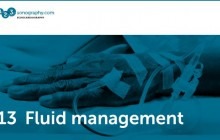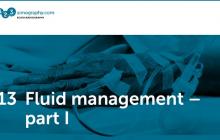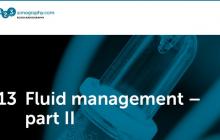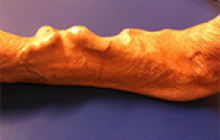Echo BachelorClass
Fluid management

What you will learn
- The usefulness of echo to understand physiology; - Assessing volume status by transesophageal echo (TEE); - Frank Starling’s curve and volume status; - Inferior vena cava (IVC) and respiratory/ventilation variations; - IVC: distensibility and collapsibility indexes; - Right atrial pressure estimation; - Fluid responsiveness and left ventricular (LV) end-diastolic area/diameter; - LVOT-VTI and respiratory variations; - Eye-balling the filling status of the ventricles; - LV filling in right ventricular overload; - Assessing volume status by transthoracic echo (TTE); - Recognizing a SAM phenomenon; - IVC and volume status; - Recognizing hypervolemia and elevated LV filling pressures;
Video lectures
-
 13 - Fluid management - part 1
13 - Fluid management - part 1
This video lecture is only available for subscribers!
Get the Echo BachelorClass -
 13 - Fluid management - part 2
13 - Fluid management - part 2
This video lecture is only available for subscribers!
Get the Echo BachelorClass

